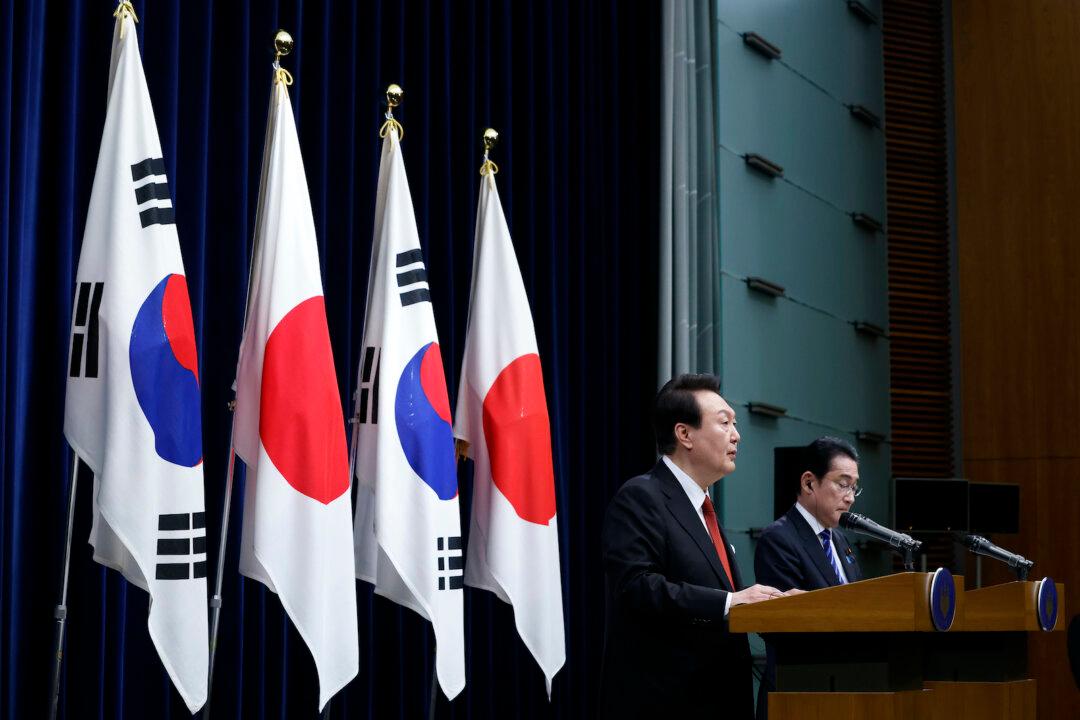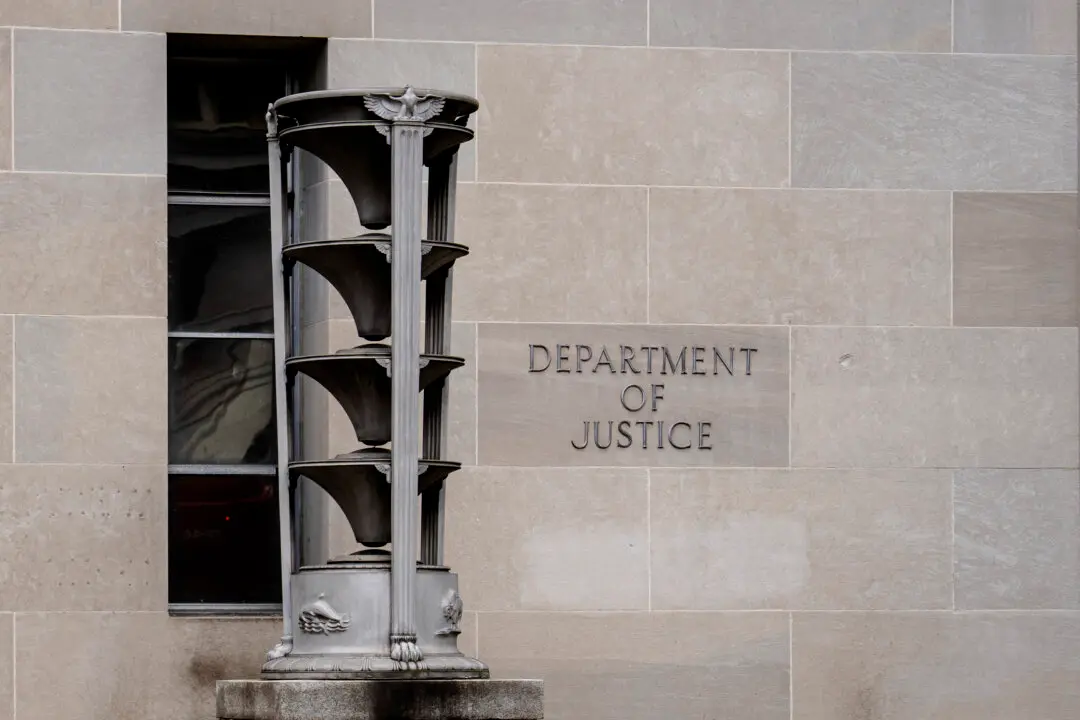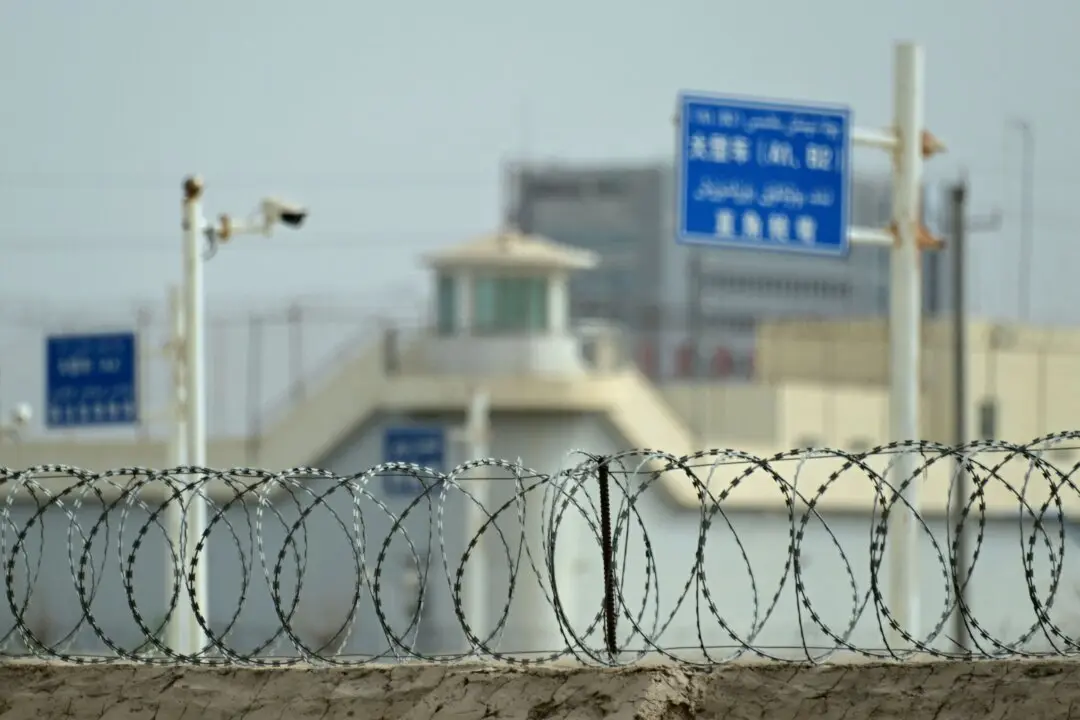The leaders of Japan and South Korea have agreed to restore bilateral ties, including the “complete” normalizing of a military intelligence-sharing pact to counter North Korea’s nuclear and missile threats.
South Korean President Yoon Suk-yeol met with Japanese Prime Minister Fumio Kishida at a summit in Tokyo on Thursday, where both promised to turn the page on years of animosity over their countries’ difficult, shared history.





